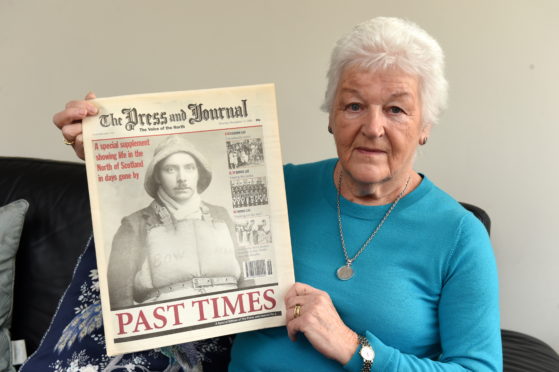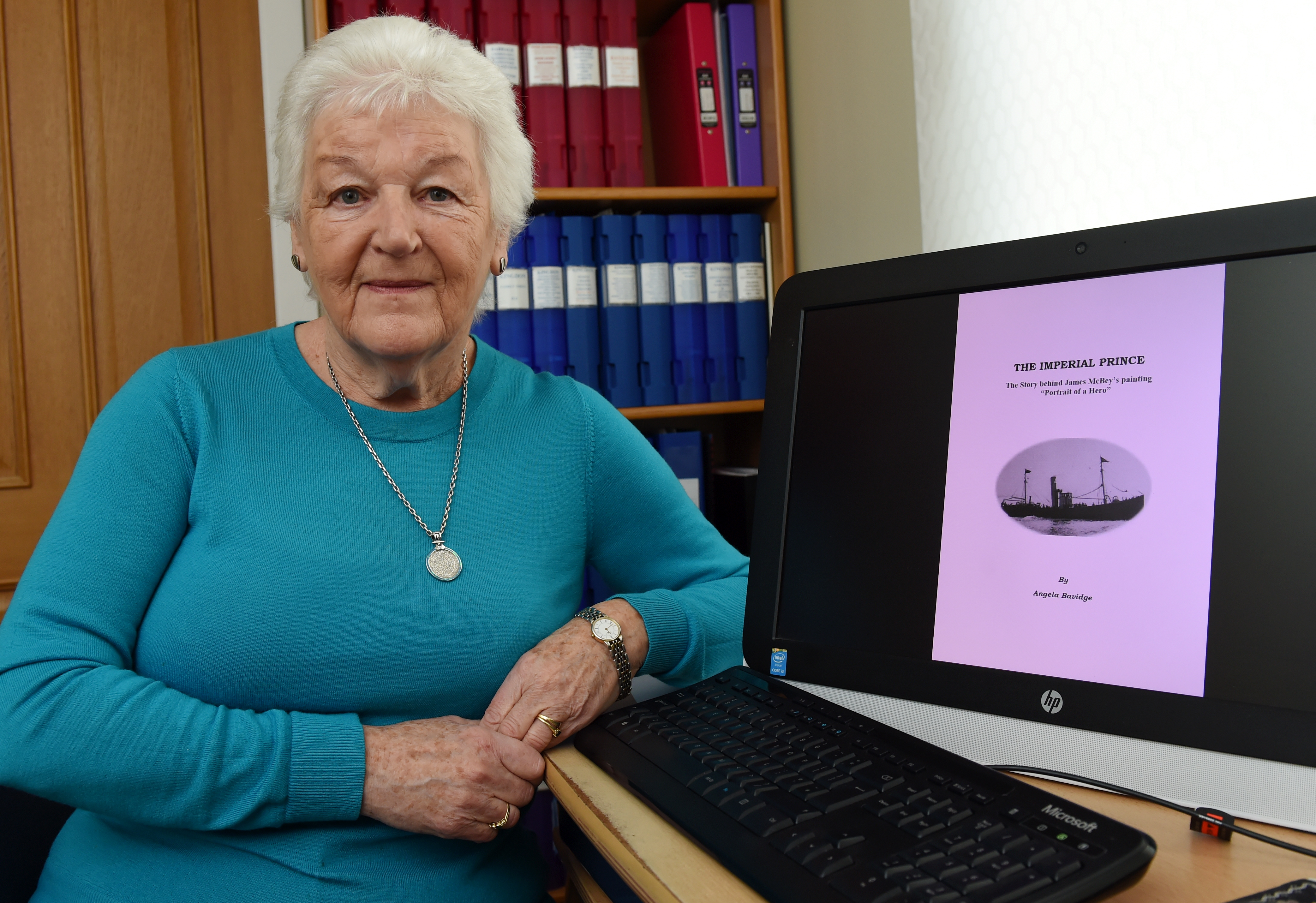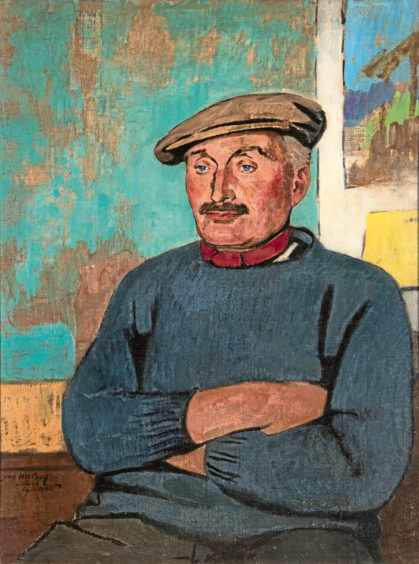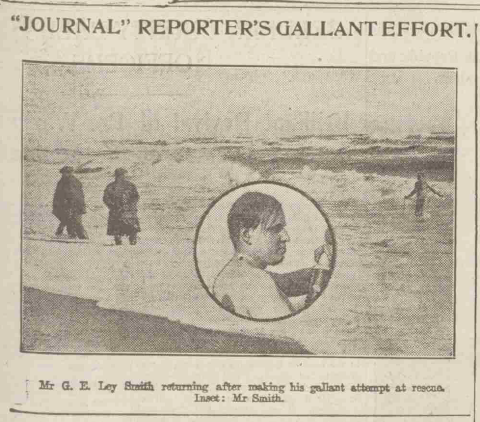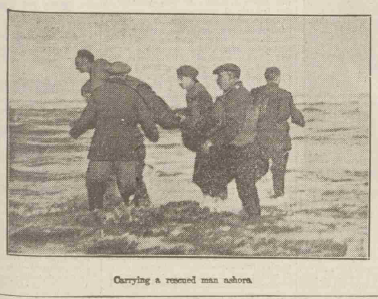A local historian is seeking help to piece together details of a fishing tragedy that claimed the lives of two men – and led to Aberdeen getting its first lifeboat.
Angela Bavidge began researching the fate of The Imperial Prince trawler, which grounded near the Black Dog rock north of Aberdeen in October 1923, after finding out her husband’s great uncle perished in the tragedy.
He was one of the two fatalities, while seven crew members managed to survive by clinging on to the ship’s masts in awful conditions until help arrived.
The rescue took about 13 hours and involved the Newburgh RNLI lifeboat, as well as crew from the nearby HMS Vampire and Vandetta vessels.
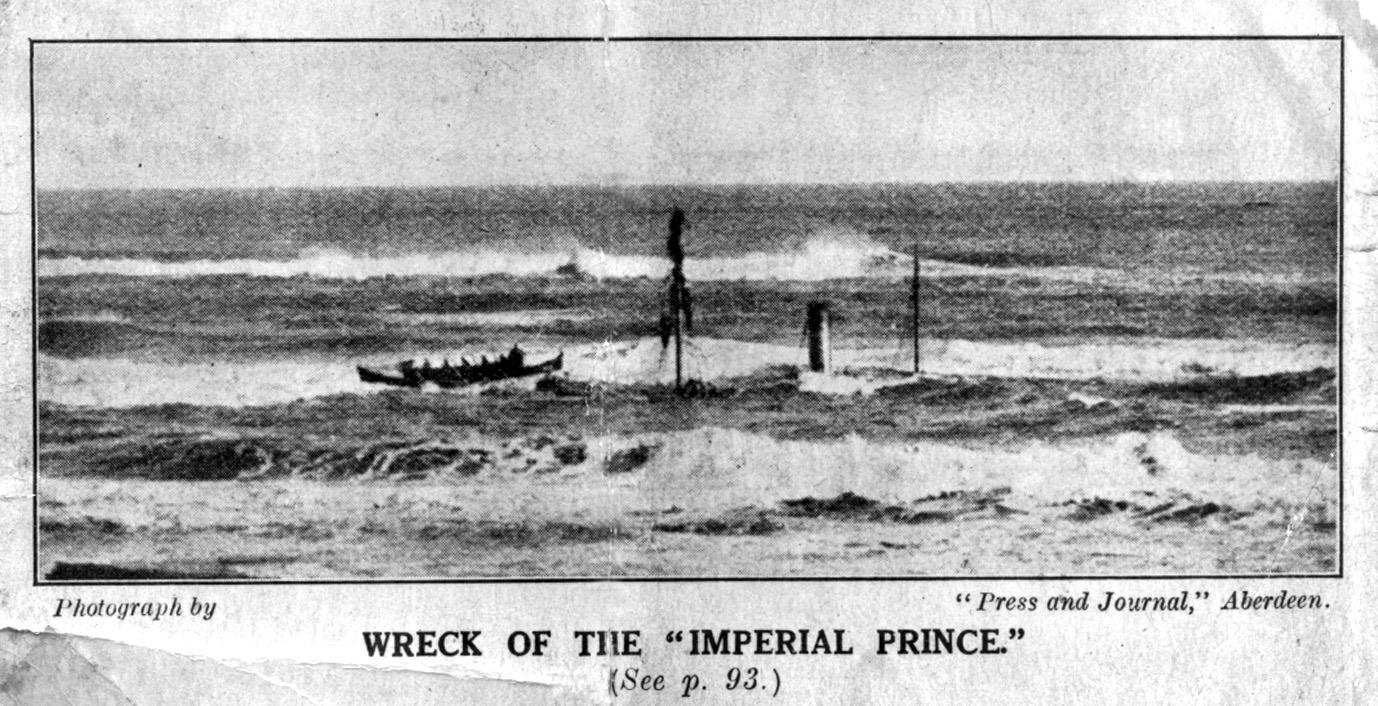
As a result of the tragedy and a subsequent public inquiry, Aberdeen got its first ever RNLI boat.
Mrs Bavidge has painstakingly, over the course of decades, put together the story of the Imperial Prince disaster but is keen to fill in the gaps about some of the crew on board.
She has spoken to people in England, Colorado and New Zealand as part of the work.
She said: “I have always had an interest in family history, and found the story fascinating.
“Ideally I would get the the material published – I have about 60 pages – but would love to piece together some final pieces from the men I don’t have the fullest information on.
“My husband’s relative – William Bavidge, who he was named after – was of course what drew me to the project.
“But the stories of everyone else are just as fascinating, for example George E Smith of the Aberdeen Journals was an amazing figure.
“He was a member of Aberdeen Thistle Swimming Club, and tried to swim out to rescue the sailors but was hauled back in by bystanders.”
Mrs Bavidge was also inspired by a piece of art currently on display in Aberdeen Art Gallery’s James McBey room.
Portrait of a Hero features John Innes, of Newburgh, who was the coxswain of the lifeboat which helped the rescue effort.
A council spokeswoman said: “Angela was one of the first visitors to the Art Gallery on our opening weekend, and a chance conversation led us to discover her fascinating family connection to John Innes of Newburgh who’s portrait is on display in our new gallery, James McBey: Artist Adventurer. Angela has shared her research with us and we’ll be continuing the conversation with her about how we can share the story more widely.”
Mrs Bavidge is seeking anyone with photographs of the Imperial Prince, or who has information about the crew to get in touch.
The two men who perished were: William Fenwick Bavideg, deck hand, Victoria Road, Aberdeen; and Duncan Smith, deck hand, Regent Street, Aberdeen.
The survivors were: William Shaw, mate, of Grampian Road, Aberdeen; Carl Simon, chief engineer, of Ashvale Place, Aberdeen; William Nelson Sharman, second hand, Gallowgate, Aberdeen; Thomas Cummings, deckhand, Menzies Road, Aberdeen; Walter Butcher, deck hand, Craigie Street, Aberdeen; Fred Smart, fireman, Loch Street, Aberdeen; and Samuel Bavidge, skipper, Castle Terrace, Aberdeen.
In addition, anyone with information on Aberdeen Journals reporter George E Ley Smith or Adam Buchan, is urged to e-mail angelabavidge@aol.com
Press and Journal reporter in daring attempted rescue
George E Ley Smith’s is thought to have written accounts of the incident for the Press and Journal, and Mrs Bavidge hopes his family can get in touch so she can find out more.
The plucky reporter dashed into the ocean in an attempt to reach the stricken sailors with a rope tied around his waist, but he was hauled back to shore when onlookers decided the conditions were too dangerous.
A Press and Journal article published on October 20, 1923 reads: “Scenes, agonising in the repeated failures of attempts to rescue nine men clinging to a masthead in a raging sea, were witnessed all day yesterday on the Aberdeenshire coast, about five miles north of the Bridge of Don, where the Imperial Prince, an Aberdeen trawler, ran ashore in a haze in the morning.
“While efforts were being made to rescue them, two of the men were drowned before the eyes of a large crown of onlookers, helpless to do anything.”
Tragically, onlookers included the family of young Duncan Smith, who perished.
The reporter continued: “Two were rescued after hanging on for six hours, but the remaining five clung for 13 hours before being taken off by the Newburgh lifeboat, manned by Navy men from HMS Vampire, who effected one of the smartest rescues that have ever taken place on this coast.”
He added that a crowd gathered at the scene as news spread to Aberdeen, and that a “hearty cheer” went up as lifeboat teams took to the water.
But it wasn’t until later, as darkness settled in, that crews from the HMS Vampire arrived on the scene that rescue attempts were successful.
The article read: “When passing the vessel, they dropped their anchor on board, and swung the lifeboat round towards the mast, and the men were able to clamber aboard.
“The men were numb with cold, and were removed with all haste to the St Andrew’s motor ambulance and motor cars waiting nearby.”
